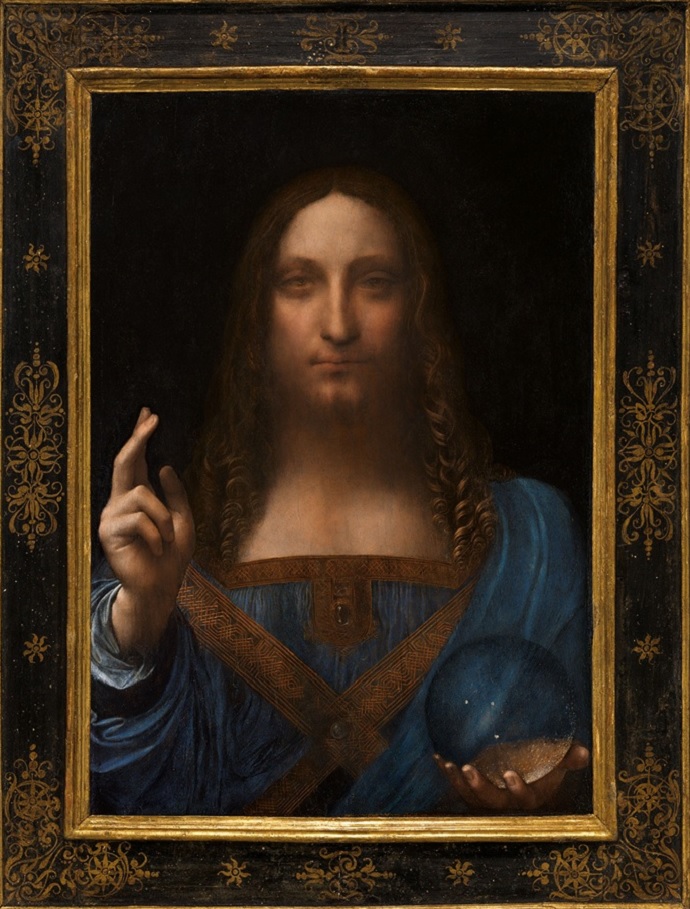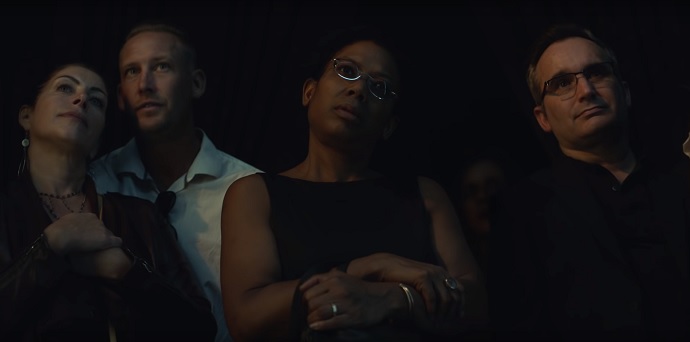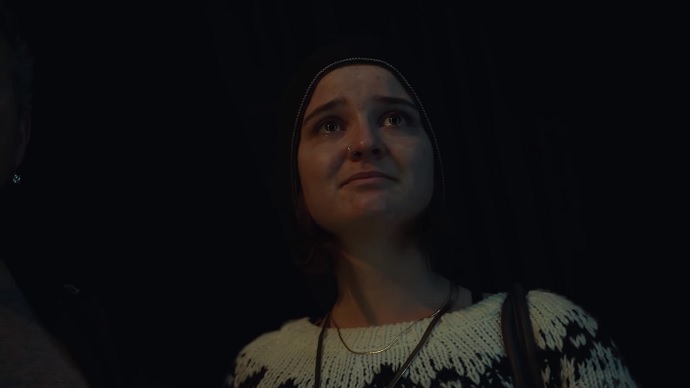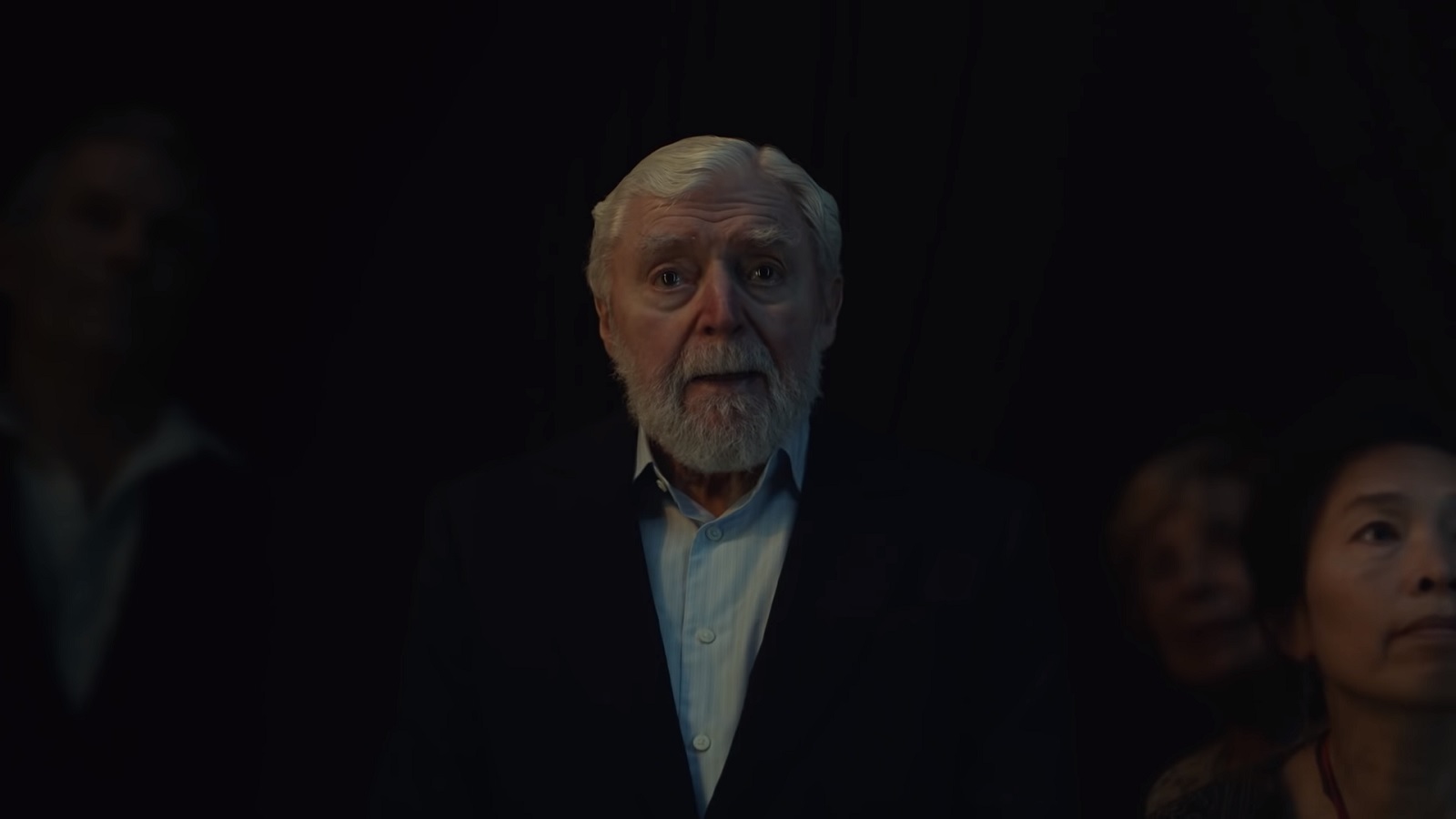The last work of Italian painter Leonardo da Vinci, Salvator Mundi, which he finished around the 1500s, has a fairly controversial history. After spending centuries in the hands of royal families and private owners, the painting, which depicts a portrait of Jesus Christ holding a crystal globe in his left hand while he gives his blessing with his right hand, emerged in 2011, seducing the public with a dramatic entrance at the exhibition Leonardo da Vinci: Painter at the Court of Milan, held at The National Gallery in London.
The picture has been described as the greatest artistic rediscovery of the 21st century and was recently sold for over $450m at the Christie’s Auction House on November 15th. And due to that, Leonardo da Vinci’s portrait of Jesus has become the world’s most expensive piece of art ever sold. But before the auction took place in New York, the painting had traveled around the world, fascinating the eyes of art lovers from Hong Kong, San Francisco, or London.

To promote the sale of da Vinci’s lost and restored masterpiece, the action house joined forces with advertising agency Droga5 and created a campaign called “The Last da Vinci,” which shifts the attention to the people who came to see the portray in person. If other ads focus exactly on what they want to sell, The Last da Vinci aims to capture the consumers’ reactions to the promoted item, because what better proof to certify a product’s quality than an excellent review from an honest customer?
Dedicated to the work of the Italian artist, the campaign presents the masterpiece from the observers’ point of view. Although the centerpiece of the project is the five-century-old portrait, you won’t get to see the image of da Vinci’s Christ giving his benediction to the world. Instead, the inspiring initiative focuses on the natural gestures, emotions, and the excitement felt by the public at the sight of the Savior of the World.

To prove that the “beauty lies in the eye of the beholder” saying isn’t just a poetic statement, the New York-based agency conducted a creative experiment in which, working with world-renowned portrait photographer Nadav Kander, installed a hidden camera just beneath the painting, capturing people’s expressions when they caught a glimpse of da Vinci’s masterpiece.
The visitors’ reactions were documented and placed in a brilliant video that shows the grandeur of the outstanding piece of art while highlighting the divine connection between the mysterious portrait and the curious art enthusiasts. As the painting itself is not featured in the film, the viewer can only wonder how breathtaking this work of art really is.

Da Vinci is also known for his ingenuity to include codes, symbols, and messages within his works. To emphasize this and to carry on his enigmatic legacy, the creatives cut the video to exactly four minutes and fourteen seconds, to reflect “the fact that in his painting, Leonardo presents Christ as he is characterized in the Gospel of John 4:14: ‘And we have seen and testify that the Father has sent his Son as the Saviour of the World’.”
But the mystery doesn’t stop there. There’s an Instagram account dedicated to the project, where the creative team uploaded photos of the visitors that have been featured in the video. Keeping the same mystical spirit that stirred around the artist, the photo captions were written in a way that makes the viewers think that they are seeing a typical Biblical scripture format.
Check out the video below and see what Salvator Mundi has witnessed in the last few weeks of its world tour:
